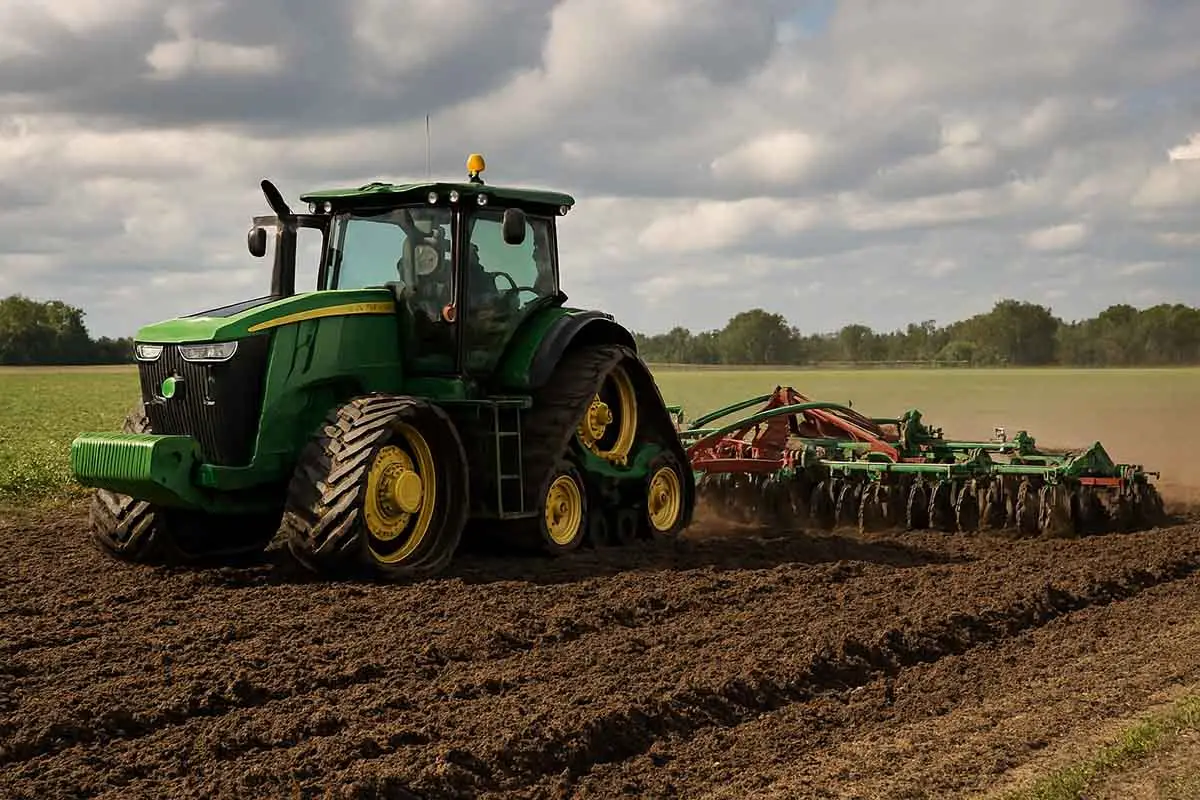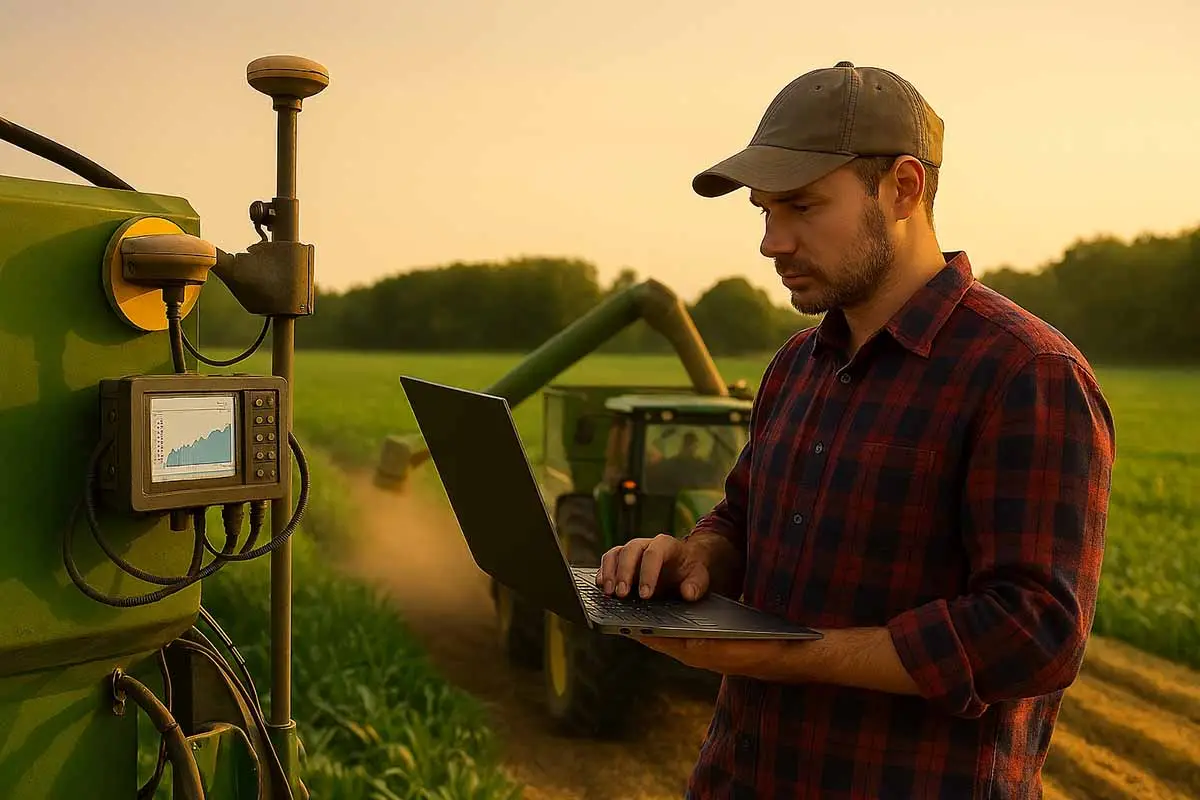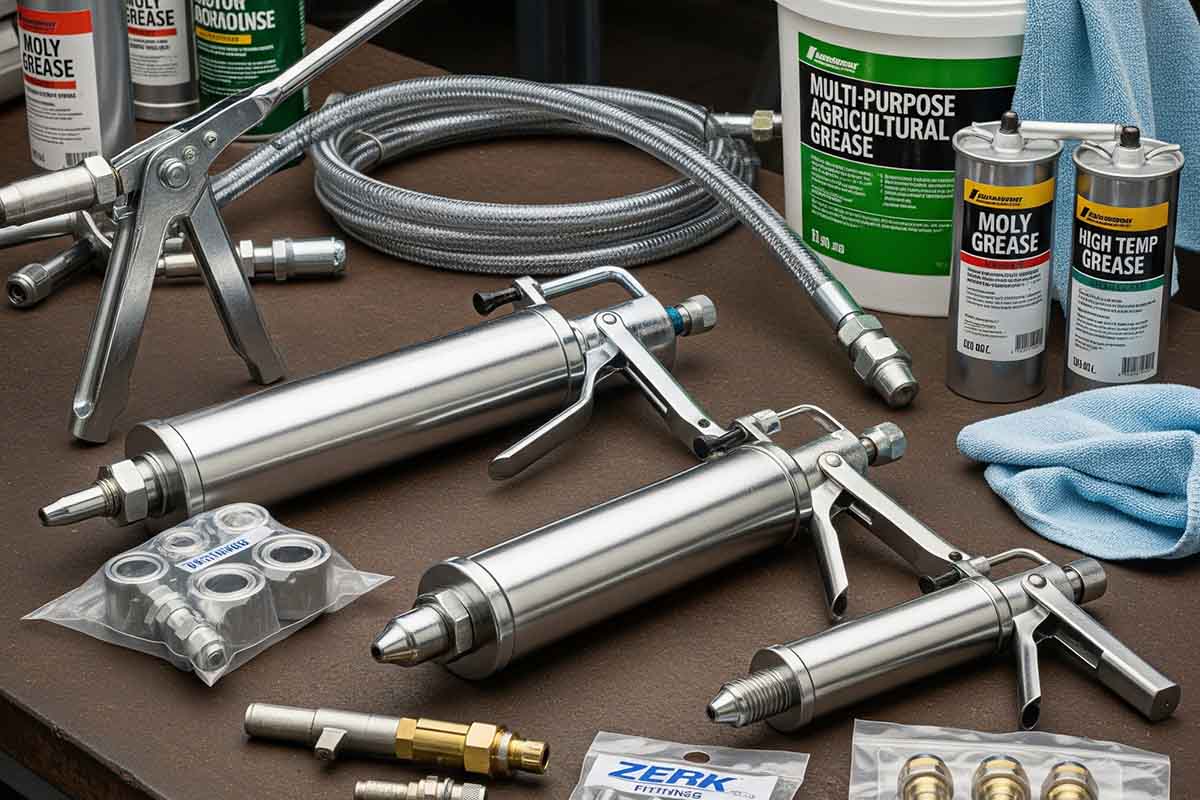Introduction: Mechanization’s Vital Role in Sustainable Agriculture
Sustainable agriculture is the future of farming — balancing productivity, environmental health, and social equity. At the heart of this transformation lies mechanization: the use of machines and technology to streamline farming processes. From planting to harvesting, mechanization can dramatically improve efficiency while reducing the ecological footprint of agriculture.
However, while the benefits are significant, mechanization also has challenges and pitfalls that deserve an honest discussion. This article explores the role of mechanization in sustainable agriculture from multiple angles, providing a realistic, balanced, and informative overview to help you understand the tech shaping modern farming.
Why Mechanization Matters for Sustainable Agriculture
Increased Efficiency and Productivity
Mechanization drastically reduces the time and labor needed for key farming tasks. Tractors, seed drills, harvesters, and irrigation systems allow farmers to:
- Cover larger areas in less time
- Reduce manual labor fatigue
- Achieve timely planting and harvesting windows, critical for yield optimization
Environmental Benefits
When correctly applied, mechanization contributes to sustainability by:
- Minimizing soil compaction with advanced tire and track technology
- Enabling precision agriculture that optimizes water, fertilizer, and pesticide use
- Reducing carbon footprint per unit of crop through efficient machinery and alternative fuels
Economic and Social Impact
Modern mechanization:
- Lowers operational costs over time
- Creates skilled jobs for machine operators and technicians
- Supports rural development through increased farm profitability
Key Features and Technical Specifications of Sustainable Agricultural Machinery
Understanding the technical side helps farmers and buyers make informed decisions. Here are some essential features modern mechanized tools for sustainable farming should offer:
| Feature | Description | Example Machines |
|---|---|---|
| Precision Control | GPS-guided steering, variable rate application for inputs | John Deere AutoTrac, Trimble GPS systems |
| Low Soil Impact | Wide tires, tracks, and controlled traffic farming methods | Rubber track tractors, flotation tires |
| Energy Efficiency | Engines optimized for fuel economy or hybrid/electric models | Kubota diesel tractors, electric sprayers |
| Multi-functionality | Machines designed for several operations to reduce fleet size | Multi-crop harvesters, modular implements |
| Automation & AI | Sensors and AI for real-time monitoring and autonomous tasks | Autonomous drones, robotic weeders |
| Sustainability Certification | Compliance with emission standards and eco-friendly materials | EPA Tier 4 engines, biodegradable lubricants |
Challenges and Limitations of Mechanization in Sustainable Agriculture
While mechanization brings many advantages, it also has downsides that need careful management:
- High Initial Investment: Modern machinery is expensive, potentially excluding smallholders. Leasing and cooperative ownership models are helping here.
- Fuel and Emissions: Diesel engines still dominate, contributing to pollution if not well managed. Transitioning to electric and biofuel options is critical.
- Soil Health Risks: Improper use can lead to compaction and erosion, damaging long-term soil fertility. Controlled traffic farming and low-impact designs help mitigate this.
- Technical Skill Requirements: Operating and maintaining complex machinery demands training and support systems that may be scarce in rural areas.
Interesting Facts About Agricultural Mechanization
- Fact #1: The first mechanized tractor was introduced in 1892 by John Froelich, revolutionizing agriculture in the U.S.
- Lesser-Known Fact #1: Precision agriculture tools can reduce fertilizer use by up to 30%, directly reducing runoff and water pollution.
- Fact #2: Autonomous farm robots can work 24/7, improving productivity while reducing human exposure to harsh field conditions.
- Lesser-Known Fact #2: Controlled traffic farming, where machinery follows fixed tracks, can improve yields by up to 20% by preserving soil structure.
Role of Mechanization in Sustainable Agriculture FAQ
Conclusion: Embracing Mechanization for a Sustainable Farming Future
Mechanization is undeniably a cornerstone for advancing sustainable agriculture worldwide. It enhances productivity, conserves resources, and fosters economic growth while presenting challenges that demand thoughtful solutions. By combining cutting-edge technology with sustainable practices and equitable access, mechanization can help feed the world responsibly.
Further Read
- Industrial Tools in Agriculture – Powering Farming
- Overview of industrial tools for planting and harvesting
- Small vs Large-Scale Farm Tools: Real-World Case Studies
- Role of Mechanization in Sustainable Agriculture
- Top Agricultural Tool Brands You Should Know
- Emerging trends: automation, AI, and robotics in farming
- Top Industrial Tools Transforming Modern Agriculture
- Essential Maintenance Practices and Tools for Agricultural Machinery: Your Complete Guide
- IoT-Enabled Agricultural Tools
- Drones in agriculture: surveying, planting, and spraying
- Precision farming tools: GPS-guided equipment for planting and harvesting
- Data-driven decision-making in agriculture
- Top 10 Maintenance Tools for Tractors, Harvesters & Irrigation Systems
- Seasonal Maintenance Checklists & Toolkits for Farmers
- Hydraulic System Maintenance Tools for Heavy Farm Equipment
- Lubrication Tools and Best Practices for Agricultural Machinery
- Industrial Torque Wrenches: Key to Farm Equipment Safety
We want to hear from you!
Have you used mechanized tools on your farm or in your industry? What benefits or challenges have you experienced? Please share your thoughts and stories in the comments below — and don’t forget to share this post on your social media to help spread knowledge about sustainable agriculture!





